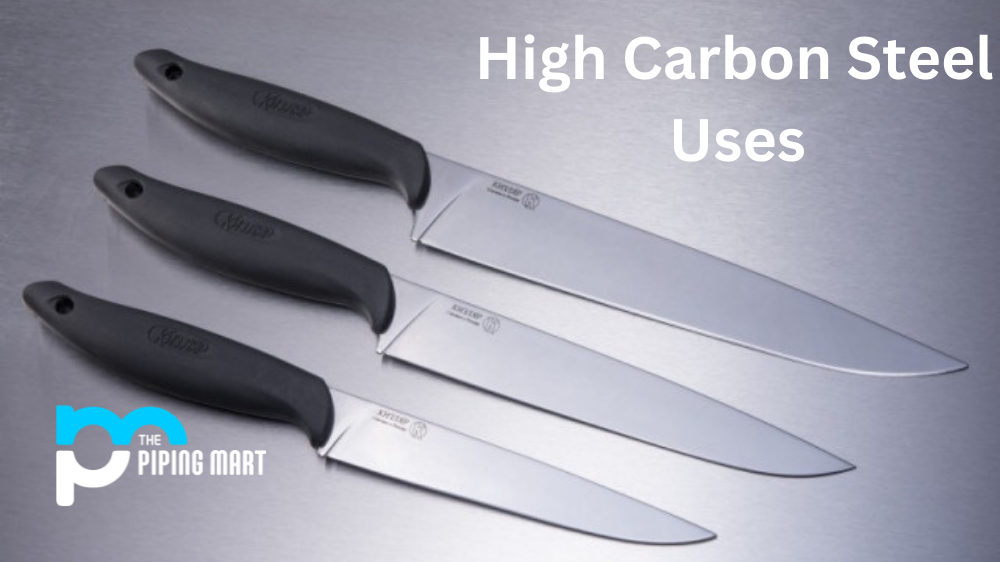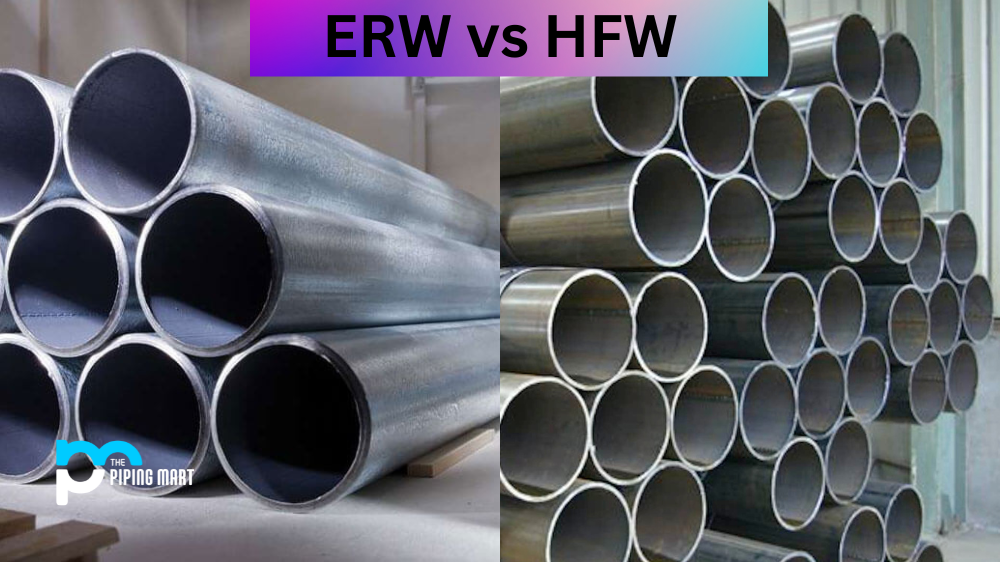Aluminum and steel are the most common materials used in construction, engineering, and manufacturing. Both metals have different properties, making them suitable for use in a wide range of applications. This blog post will look at the differences between aluminium and steel regarding strength.
Aluminum vs. Steel Strength
When it comes to strength, steel is one of the most robust materials around. It has a tensile strength rating ranging from 400MPa to 550MPa, which means it can withstand a lot of force before breaking or bending. However, its weight can be an issue; steel is much heavier than aluminium and other lightweight materials, making it challenging to work with if portability is required.
Aluminium may not be as strong as steel, but it makes up for this with its light weight. It has a tensile strength rating of around 150-250 MPa and weighs far less than steel due to its lower density. This makes aluminium an ideal choice for projects that require lighter components or where portability is essential. It’s also more malleable than steel, so you can easily shape it into complex designs without compromising its structural integrity.
Despite its lower strength rating than steel, aluminum is still highly durable and resistant to corrosion thanks to a protective oxide layer that forms on the surface when exposed to air or water. Aluminum might be your best option if you need components that will remain strong over time despite exposure to the elements.
- Aluminium is a much lighter metal than steel, making it ideal for use in applications where weight is a key consideration.
- Aluminum has a much higher resistance to corrosion than steel, making it the preferred choice for applications where durability is important.
- Aluminium has a higher strength-to-weight ratio than steel, making it the ideal choice for applications where both strength and light weight are important.
- Aluminium is much more malleable than steel, making it easier to work with in applications where flexibility is essential.
- Aluminium has a lower thermal conductivity than steel, making it the preferred choice for applications where heat resistance is important.
Conclusion:
While aluminum and steel offer unique advantages regarding strength and durability, each has its strengths and weaknesses, depending on your need. Steel is stronger but bulkier, while aluminum is lighter but less durable in some cases. Ultimately, the choice between these two materials depends on what kind of project you’re working on and your requirements in terms of portability versus strength. Understanding the pros and cons of each material will help you make an informed decision about which is suitable for your needs!

Pipingmart is a B2B portal that specializes in metal, industrial and piping items. Additionally, we share the latest information and information about materials, products and various types of grades to assist businesses that are involved in this business.




